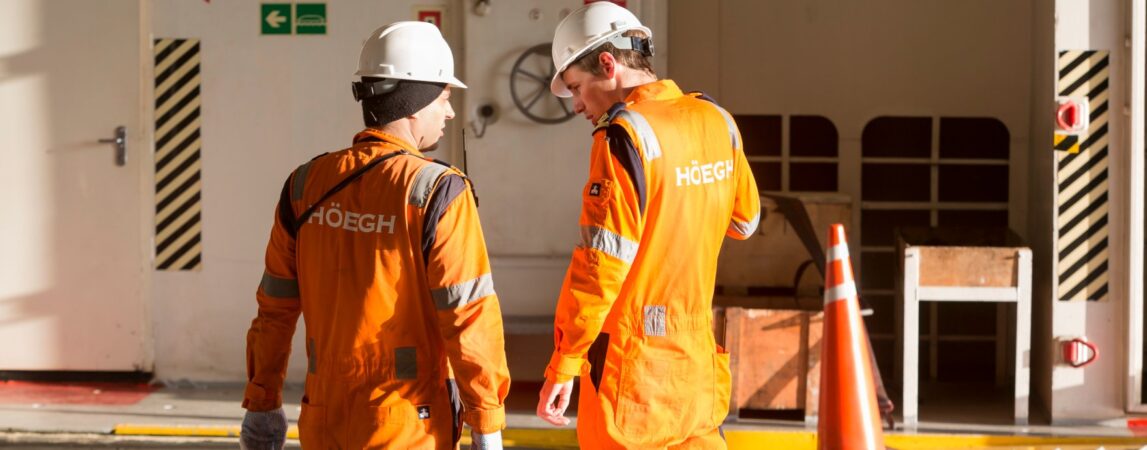
Vetting inspection is a grading system of a ship that helps a potential charterer compare similar vessels and choose the best as per his needs to maximize efficiency. Traders buy and sell various products and transport these products from one place to another using suitable vessels.
Suitability of a vessel is defined by several parameters such as equipment, freight rate, availability, size, special arrangements and features with regard to load and discharge terminals, etc. Vessel vetting helps define potential risks before the hiring decision is made, and thus, it needs to be reliable and effective.
The overall and long-term motive of the marine assurance or vetting process is to weed out substandard ships from the industry. The assurance process also involves the physical examination of a vessel to check several features and compare them with internationally established standards.
This is called SIRE (Ship Inspection Report) inspection. To standardize the method and outcome of SIRE inspections worldwide, the Oil Companies International Marine Forum (OCIMF) published the ‘Vessel Inspection Questionnaire’, which acts a tool of assistance to the inspector to ensure all major aspects are reviewed and confirmed. Given the importance of vetting and the impact it has on life, property, cargo, organisation reputation, etc., it needs to be carried out carefully and diligently, in an unbiased manner. Thus, inspections are always performed by accredited inspectors, and the results are submitted to a common database hosted by OCIMF.
VIQ 7 (18 FEB 2019)
Please wait while flipbook is loading. For more related info, FAQs and issues please refer to DearFlip WordPress Flipbook Plugin Help documentation.
PRACTICAL GUIDE TO VETTING
Please wait while flipbook is loading. For more related info, FAQs and issues please refer to DearFlip WordPress Flipbook Plugin Help documentation.
